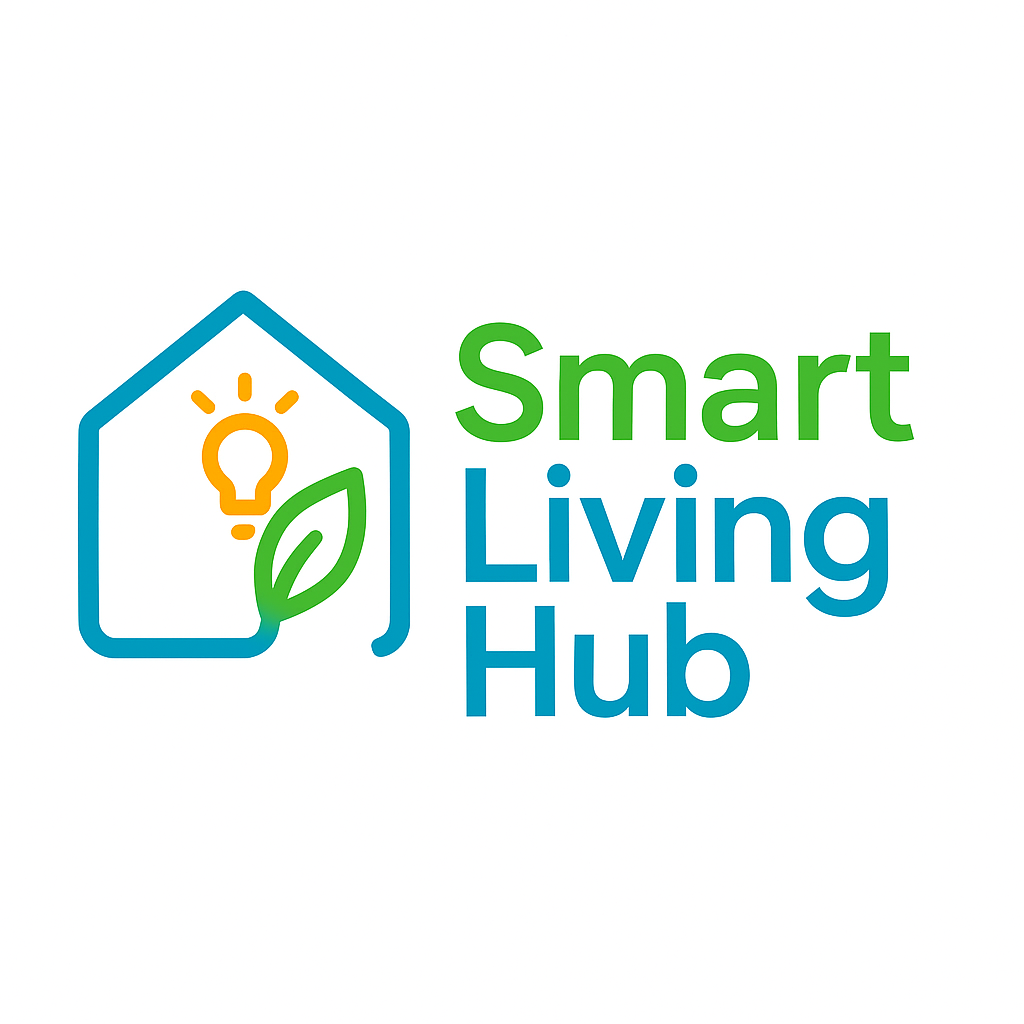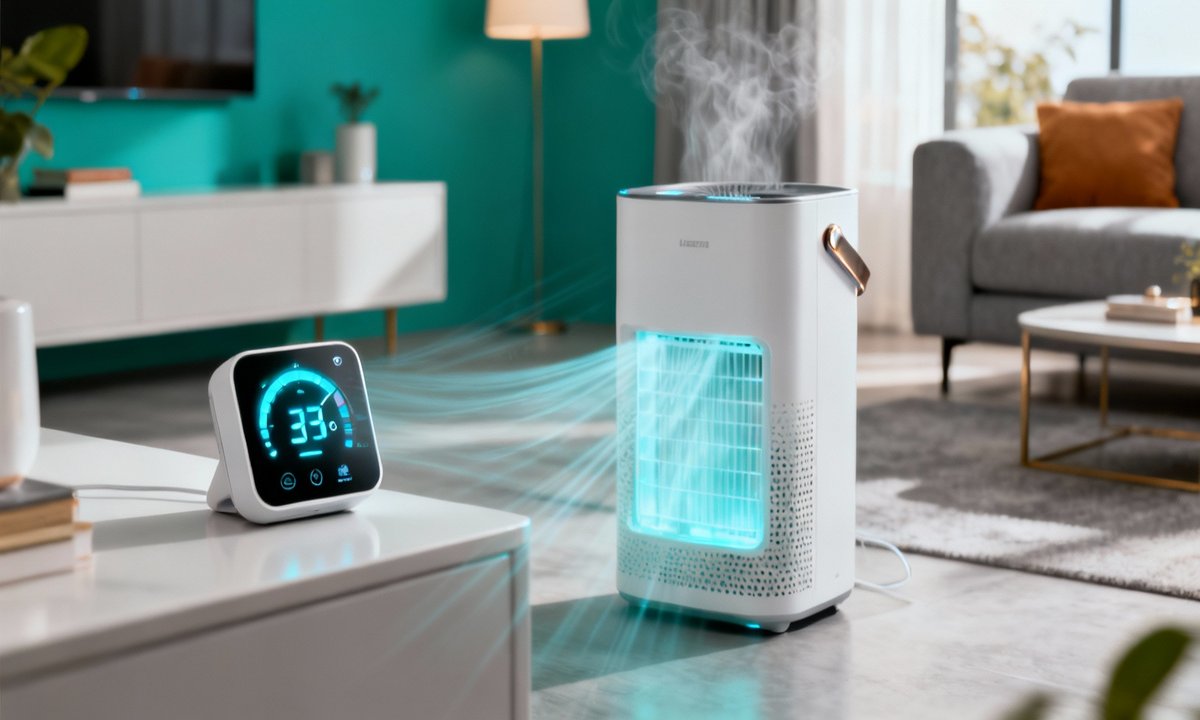Imagine cutting monthly expenses while boosting comfort and convenience in your home. Today’s smart home gadgets are designed with exactly that in mind. They automate routines, optimize energy usage, and help you save money year after year. If you are looking to create a more sustainable home and reduce your utility bills, these devices can become valuable investments.
The Financial Case for Smart Homes: Why Smart Gadgets Are Investments
American households often spend around $2,000 annually on energy bills. By integrating various smart devices, you could potentially reduce these costs by 20% to 30%. This translates to hundreds of dollars back in your pocket each year, making smart gadgets a wise investment for long-term savings.
Curious about developing smart energy-saving habits and building a greener home? You can explore valuable tips to cut utility bills and adopt energy-saving habits for a greener 2025.
These cost savings are not just theoretical; they are proven benefits. With smart home adoption rates increasing and device costs becoming more accessible, investing in automation makes practical sense. Many utility companies now offer rebates and incentives for smart upgrades, further enhancing their value.
Smart Thermostats: The Cornerstone of Energy Savings
If you are considering just one piece of smart technology, a smart thermostat is often the best starting point. Heating and cooling can account for a significant portion of an average home’s energy consumption. Addressing this area can offer the most substantial savings.
Key Features & Real-World Savings
Modern smart thermostats, such as Ecobee and Nest, adapt to your daily schedule using advanced features. These include occupancy sensors, geofencing, and integration with local weather forecasts. You can remotely adjust settings from your smartphone or allow the device to automate adjustments, even if you forget before leaving home.
Reports indicate 10-15% annual savings on heating and cooling expenses with smart thermostats. This could mean $100-$300 or more saved each year, depending on your climate and current usage patterns. Many utility providers also offer rebates ranging from $50 to $100, which can shorten the payback period significantly.
Additionally, some models offer system diagnostics, providing maintenance reminders and helping to identify potential issues early. This proactive approach can prevent costly repairs later on. This combination of financial savings and enhanced peace of mind truly makes smart thermostats a foundational smart home upgrade.
Lighting Up Your Life (and Savings) with Smart Lighting
Rethinking how you illuminate your spaces presents another significant opportunity for energy saving. Traditional light bulbs are not only inefficient but also easy to leave on inadvertently. With smart automation, your lights consume power only when they are truly necessary.
Beyond On/Off: Motion, Dimming, and Efficiency
Smart lighting systems integrate energy-efficient LED technology with motion detectors, timers, and daylight sensors. This combination enhances overall efficiency and convenience. You can easily set personalized schedules, dim lights to create the perfect ambiance, or automate them based on natural light conditions.
Imagine lights switching off automatically when a room becomes empty, eliminating the need for constant reminders. Smart bulbs can reduce lighting costs by up to 75% when compared to older incandescent models.
With annual savings typically ranging from $20 to $75 per smart bulb, these investments often pay for themselves in less than a year. This allows for tangible money saving each year while also providing a personalized and comfortable lighting experience in your home.
Eliminating Energy Vampires: Smart Plugs and Power Strips
Phantom energy, which is the power consumed by devices even when they are supposedly “off,” silently increases your utility bills. This is where smart plugs and power strips become incredibly useful as unsung heroes of home automation.
Tracking & Controlling Phantom Load
These compact gadgets provide you with direct control over your energy consumption. By connecting appliances to a smart plug, you can monitor their actual power usage through a convenient phone application. You can easily schedule when various gadgets power up or shut down, effectively cutting off electronics overnight or when you are away from home.
Individual smart plugs are an affordable investment, typically costing $10-$30, yet they can deliver annual savings of $10-$50 each. This means you could reach a break-even point in a year or less. When implemented across multiple devices in your home, these individual savings quickly accumulate.
For managing larger setups, such as entertainment centers or home offices, smart power strips are ideal. They allow you to shut off several devices simultaneously based on your predefined preferences, further combating phantom load.
Long-Term Investments: Smart Water Heaters, Fans, and Window Coverings
After addressing the more immediate smart home upgrades, you might consider investing in advanced smart gadgets for their lasting value. While these items might have a higher initial price tag, the long-term savings and enhanced comfort they provide can make them highly worthwhile investments over time.
Optimizing Hot Water & Climate Control
A smart water heater is designed to heat water only when it is needed, effectively avoiding the standby energy losses common with traditional units. These intelligent systems use learning algorithms to develop schedules that align with your household routines, significantly reducing unnecessary heating.
While the upfront costs for smart water heaters can range from $500 to $1,500, you can anticipate annual savings of $100–$300. This typically leads to a payback period of approximately five years.
Smart ceiling fans and window shades further optimize room comfort, making your spaces feel several degrees cooler or warmer as needed. You can control these through an app or set up automated routines for intelligent airflow. For example, program shades to open on sunny winter mornings and close on warm summer afternoons.
For homes in areas with variable climates, these types of upgrades can be truly transformative for both comfort and energy consumption.
How to Choose the Right Smart Gadgets for Maximum ROI
With the abundance of smart gadgets available, ensuring you invest wisely is key. It is not always about acquiring the newest device. Instead, focus on selecting products that seamlessly integrate with your existing lifestyle, budget, and overall home setup.
Compatibility, Certifications, and Rebates
Begin by considering compatibility. Verify that a device will function effectively with your smartphone, smart speaker, or preferred home automation platform. Next, look for the ENERGY STAR label or other similar certifications, as these products are designed for efficiency and often qualify for higher rebates.
It is also highly recommended to consult real user reviews for practical insights into a device’s performance and long-term reliability. Prioritize upgrades in areas of your home that currently consume the most energy.
Additionally, investigate potential rebates from local utility companies. These incentives can significantly reduce initial upfront costs, making valuable smart home upgrades more accessible and within your financial reach.
The Collective Impact: Hundreds Saved Annually
The true advantage of smart technology lies in its cumulative effect. While each device contributes to savings individually, together they can significantly transform your household budget and reduce your environmental footprint. Imagine saving dozens, or even hundreds, of dollars year after year thanks to these intelligent upgrades.
Industry data suggests that a well-optimized smart home can save several hundred dollars annually across heating, cooling, lighting, and appliance usage. This creates a compounding benefit that requires minimal effort once the systems are properly set up.
Not Just Savings—Peace of Mind & Comfort
Smart gadgets offer benefits beyond just financial returns. They deliver personalized comfort, reduce daily stress by automating routine tasks, and can even increase your home’s overall value. Features like maintenance reminders, remote monitoring capabilities, and diagnostic tools can also extend the lifespan of your appliances, helping to prevent costly emergency repairs.
For a broader perspective on sustainable living and comprehensive savings, you might explore adopting smart energy-saving habits. This approach can help you create a more comfortable and future-ready home environment.
A Quick Recap: Top Smart Gadgets for Your Home
Here is a brief overview of some essential smart gadgets that can benefit your home:
- Smart Thermostats: Offer up to 15% annual savings on HVAC bills and allow remote control from anywhere.
- Smart Lighting: Can cut lighting costs by up to 75%, providing customizable brightness and scheduling options.
- Smart Plugs & Power Strips: Help eliminate phantom loads and enable monitoring and scheduling of power use.
- Smart Water Heaters: Eliminate standby losses through adaptable routines, heating water only when needed.
- Smart Fans & Shades: Maximize indoor comfort and climate efficiency with intelligent control.
While each category plays a significant role, remember that even small, incremental steps can make a substantial difference. Transitioning to a sustainable, energy-conscious home is often easier and faster than many might imagine, particularly as device prices continue to become more accessible and potential savings accelerate.
Ready to Start? Assess, Plan, and Save
Are you wondering which smart gadgets will offer you the greatest return on investment? A good starting point is a quick home energy audit. Identify where you currently use the most power and which daily tasks could potentially be automated for efficiency.
From there, prioritize upgrade opportunities that offer fast paybacks, gradually working your way towards larger, more significant investments. The ultimate outcome is a well-connected, comfortable, and cost-effective home that supports both your lifestyle and the environment.
Consider challenging yourself to implement just one smart upgrade this month, and then observe how the positive results accumulate over time.
For proven tips and comprehensive smart energy-saving habits designed to lower your bills and enhance comfort, be sure to explore our full guide: Cut Utility Bills: 7 Smart Energy-Saving Habits for a Greener 2025.
You will also find practical home improvement tips, efficient meal prepping ideas, and ways to boost both style and energy efficiency throughout your home on other sections of our site.




